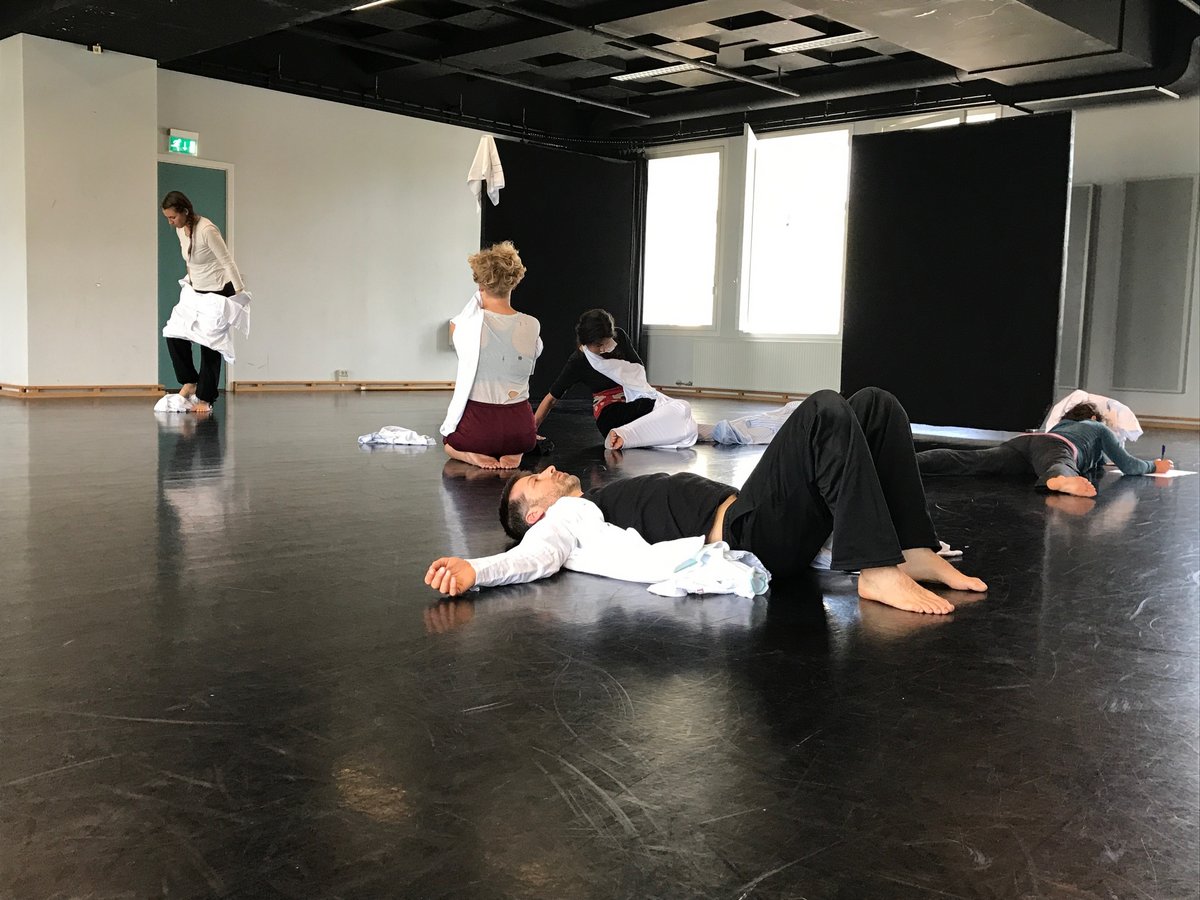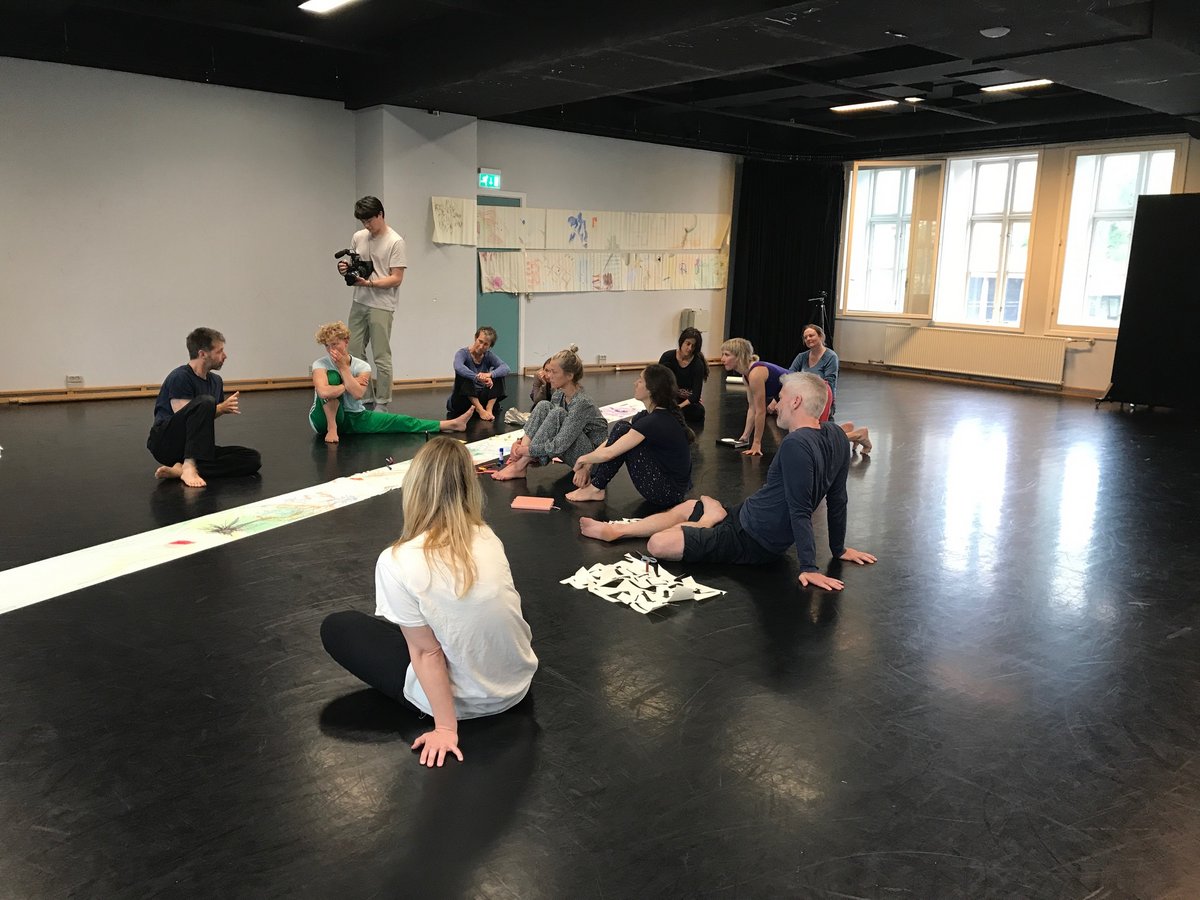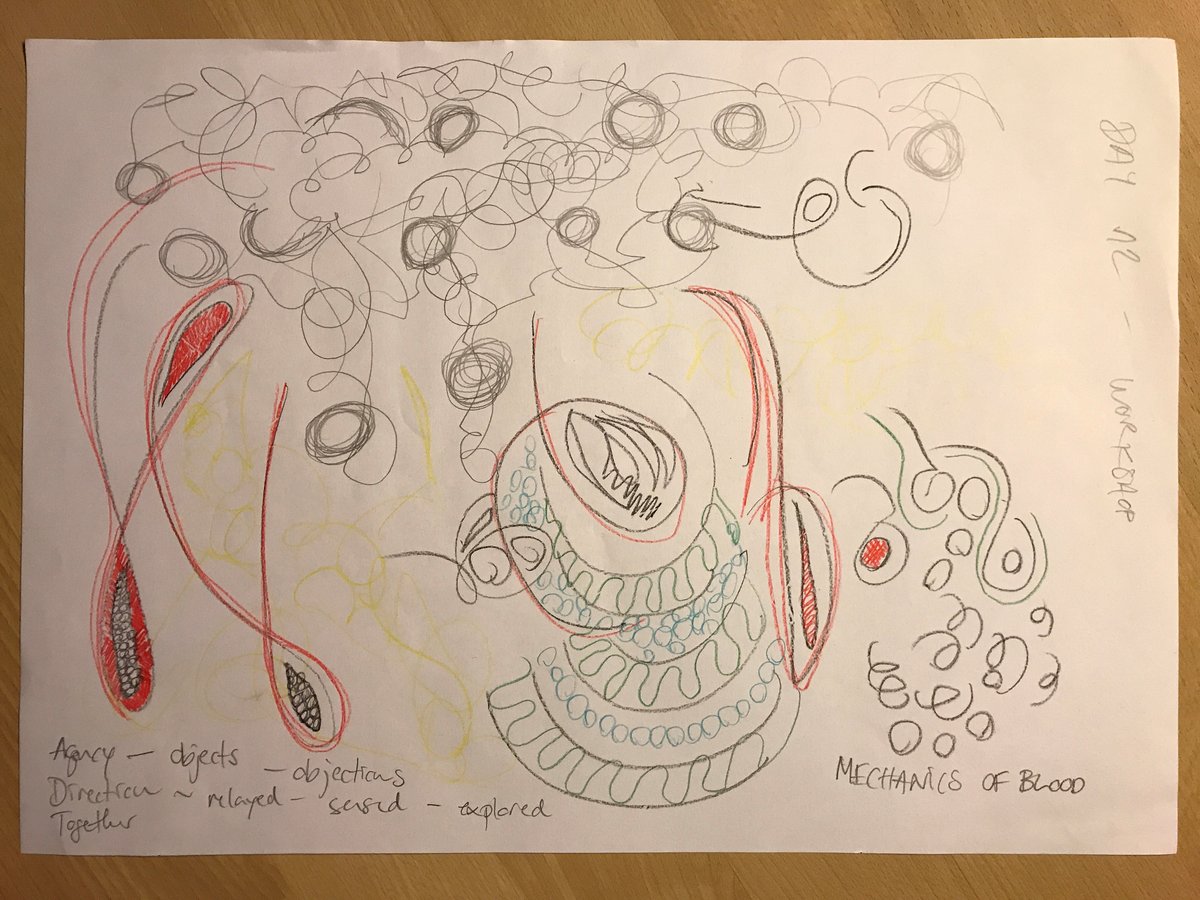Nearly everyone has to relate to hospital environments at some point in their lives. We may be passing through as visitors or patients; or maybe time and again go back as re-admitted or chronic patients. We may be receiving new life into the world or loosing life in the environment of hospitals. To most it’s an uncharted space at first, to others it frames days and years of work, seeking to provide care and treatment. The physical environment of the hospital is now commonly understood to have significant impact on the well-being and healing of patients. This project builds on existing anthropological studies of hospitals as dynamic spaces in order to investigate how engaging directly with the environment through creative movement scores can add to how we understand hospital spaces.
How may such investigations at the intersection of somatic movement practice and anthropology add to our knowledge making around hospitals as relational environments? Our work asks if it is possible to increase the potentiality of the hospital as a healing environment by opening users’ senses to ‘being in’ and ‘seeing’ the space differently?
As part of this investigation we hosted two research days in May 2019 at Performing Arts Platform, Brobjergskolen, Aarhus, bringing together an interdisciplinary group of researchers and performers to workshop and develop movement tasks and ideas around the hospital as a relational space.


Based on material from an earlier ethnographic fieldwork with patients suffering malignant blood diseases at a hematology ward, such as fieldnotes, interview transcripts, photos and videos as well as other texts about blood, physiological descriptions of blood and the circulatory system, our collaboration explored blood.
Solely writing up the immediacy, presence and meaning of blood as a profoundly embodied experience, leaves out the bodily experience that is a key part of the hematology treatment and care – as well as of the research in this field. Text cannot convey the sensory experience of being with blood, practices of blood and patients in the field, which is simultaneously profound and common. How can one communicate the experience of blood as substance divided in bags of plasma and platelets and the infusions given to patients in the clinic in the basement, while jokes and stories shared between staff and patients attempt to mask fatigue, fear and nausea? Weight and tempo suddenly take on new dimensions, literally and emotionally, as your experience of time and space shifts in the presence of sickness and unertainty. It is not covered by writing.
This was where our movement investigation of blood took off in: The gap between the lived experiences and the communication of the work into the written material. If the profound and essential experiences and ‘bodily materiality’ in the fieldwork was lost in traditional analysis, how could somatic practices and movement reach this in a different manner?
Having developed a number of movement scores to in this inquiry, we hosted a movement workshop on blood as the fluid that fills our body, and blood as a political and ethical subject that divides and unite us. Blood as visible and invisible.
The particular set of scores developed for and refined with workshop participants throughout the day, features in three audio tracks we contributed to the Somatics Toolkit (http://somaticstoolkit.coventry.ac.uk/), which is a set of resources for ethnographers and others who want to bring their bodies more deeply into their research.
Our contribution ‘Blood work I-III’ is part of the extended practice of the toolkit:
http://somaticstoolkit.coventry.ac.uk/hoybye-andersen-blood-work-1/
http://somaticstoolkit.coventry.ac.uk/hoybye-andersen-blood-work-2/
http://somaticstoolkit.coventry.ac.uk/hoybye-andersen-blood-work-3/
A more extensive set of reflections on our collaboration and interest are make up this blogpost ’Working with heads and blood’ (http://somaticstoolkit.coventry.ac.uk/working-with-head-and-blood/), which is found on the Somatics Toolkit website.
